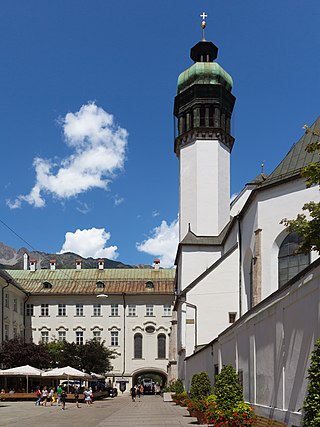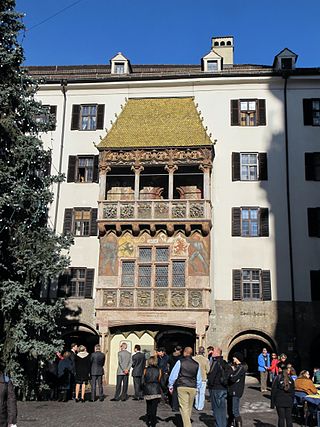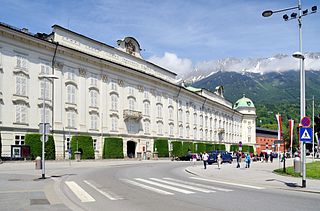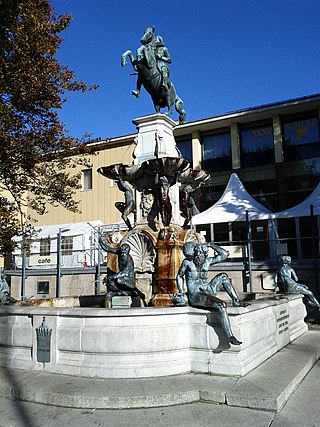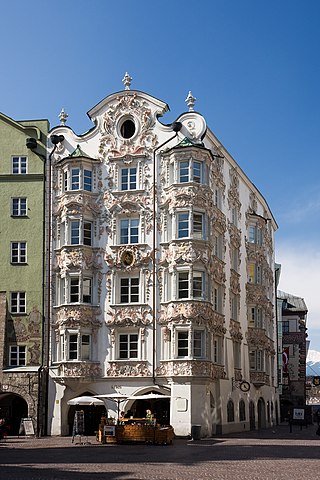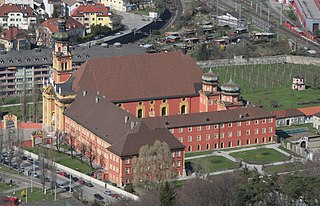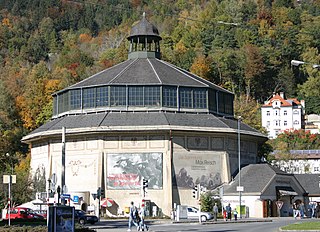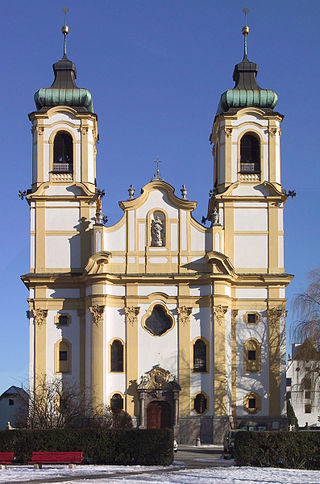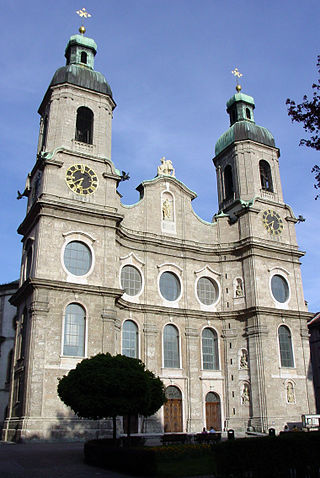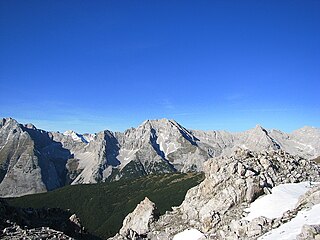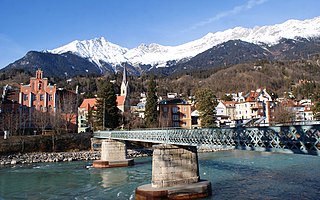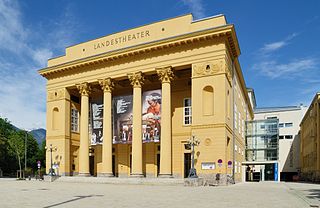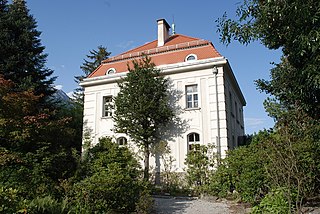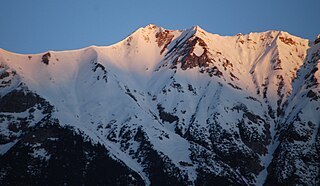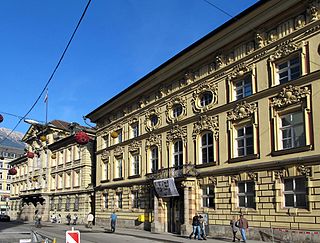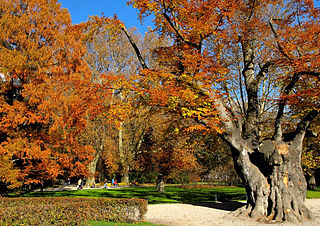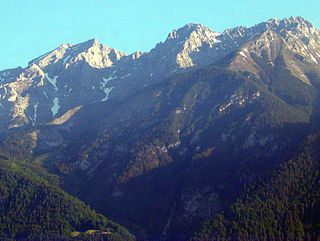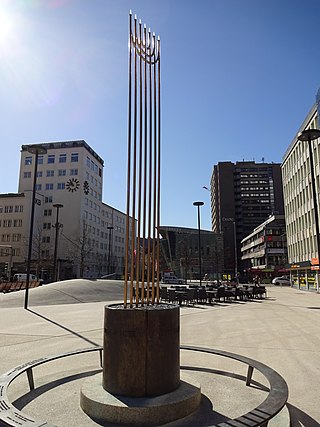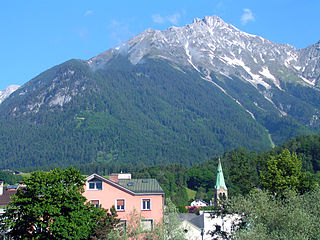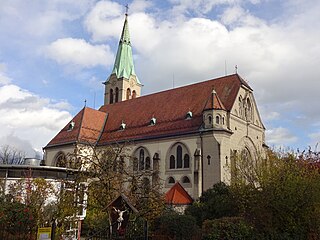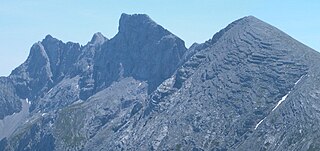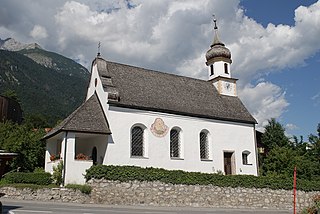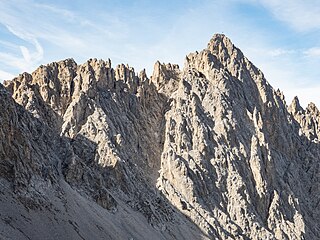38 Sights in Innsbruck, Austria (with Map and Images)
Legend
Welcome to your journey through the most beautiful sights in Innsbruck, Austria! Whether you want to discover the city's historical treasures or experience its modern highlights, you'll find everything your heart desires here. Be inspired by our selection and plan your unforgettable adventure in Innsbruck. Dive into the diversity of this fascinating city and discover everything it has to offer.
Sightseeing Tours in InnsbruckActivities in InnsbruckThe Hofkirche is a Gothic church located in the Altstadt section of Innsbruck, Austria. The church was built in 1553 by Emperor Ferdinand I (1503–1564) as a memorial to his grandfather Emperor Maximilian I (1459–1519), whose cenotaph within boasts a remarkable collection of German Renaissance sculpture. The church also contains the tomb of Andreas Hofer, Tyrol's national hero.
The Goldenes Dachl is a landmark structure located in the Old Town (Altstadt) section of Innsbruck, Austria. It is considered the city's most famous symbol. Completed in 1500, the roof was decorated with 2,657 fire-gilded copper tiles for Emperor Maximilian I to mark his wedding to Bianca Maria Sforza. The Emperor and his wife used the balcony to observe festivals, tournaments, and other events that took place in the square below.
The Hofburg is a former Habsburg palace in Innsbruck, Austria, and considered one of the three most significant cultural buildings in the country, along with the Hofburg Palace and Schönbrunn Palace in Vienna. The Hofburg is the main building of a large residential complex once used by the Habsburgs that still includes the Noblewomen's Collegiate Foundation, the Silver Chapel, the Hofkirche containing Emperor Maximilian's cenotaph and the Schwarzen Mandern, the Theological University, the Tyrolean Folk Art Museum, Innsbruck Cathedral, the Congress, and the Hofgarten.
The Leopold Fountain in the Tyrolean state capital is a listed monument near the Altstadt of the city of Innsbruck. The fountain, which is on the Rennweg and is not far from the Tyrolean State Theatre features an equestrian statue of Archduke Leopold V who lived from 1586 to 1632 and gave the fountain its name.
Helbling House is a building located in the Old Town (Altstadt) section of Innsbruck, Austria, across from the Golden Roof at Herzog-Friedrich-Strasse 10. The original structure was built in the fifteenth century, but evolved significantly with new architectural styles in subsequent centuries.
6. Kastell von Veldidena
Veldidena was a Roman civilian settlement, a fortified supply depot for the border troops and an important stage station on the Roman Brenner road. His remains lie in the area of the provincial capital Innsbruck in the center of the district of Wilten, Tyrol, Austria. Its outstanding location at the confluence of the Wipp Valley and the Inn Valley made it the most important Roman settlement in North Tyrol. In research circles, the place has become known above all for its diverse settlement remains and rich grave finds.
7. Riesenrundgemälde
The giant circular painting, first shown in 1896, is a panoramic depiction of the third Battle of Bergisel on 13 August 1809. After the last move since 2011, it can be visited in the Tirol Panorama on the Bergisel in the south of the city of Innsbruck in the immediate vicinity of the battle site.
8. Wilten Basilica
The Wilten Basilica is a Roman Catholic church in the Wilten district of Innsbruck, Austria. It serves as the parish church of the parish of Wilten in the Diocese of Innsbruck and is also a much-visited pilgrimage church. The basilica is looked after by the Premonstratensians of the opposite Wilten Abbey.
9. Cathedral of St. James
Innsbruck Cathedral, also known as the Cathedral of St. James, is an eighteenth-century Baroque cathedral of the Roman Catholic Diocese of Innsbruck in the city of Innsbruck, Austria, dedicated to the apostle Saint James, son of Zebedee. Based on designs by the architect Johann Jakob Herkomer, the cathedral was built between 1717 and 1724 on the site of a twelfth-century Romanesque church. The interior is enclosed by three domed vaults spanning the nave, and a dome with lantern above the chancel. With its lavish Baroque interior, executed in part by the Asam brothers, St. James is considered among the most important Baroque buildings in the Tyrol.
10. Befreiungsdenkmal
The Liberation Monument is a triumphal gate on Eduard-Wallnöfer-Platz in Innsbruck. It was built in 1948 by the French military government and is intended to commemorate the resistance of locals during the Nazi era and the fallen Allied soldiers.
11. Tiroler Kaiserjägermuseum
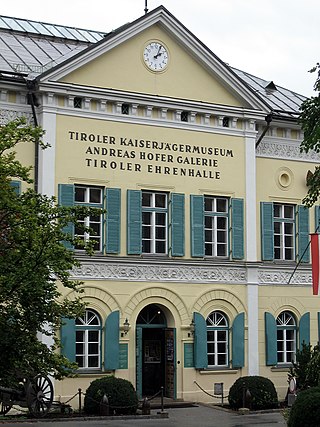
The Tyrolean Kaiserjäger Museum is a museum on the history of the infantry troops of the Austro-Hungarian Kaiserjäger in Innsbruck, which opened on 4 October 1880. Together with the Tirol Panorama, to which it is connected underground, it is one of the five houses of the Tyrolean State Museums under the name Tirol Panorama with Kaiserjägermuseum. Within the museum there is also the Andreas Hofer Gallery and the Tyrolean Hall of Honour.
12. Theresienkirche
The Theresienkirche is a Roman Catholic parish and pilgrimage church in the Innsbruck district of Hungerburg. The church, built in 1931/32, is dedicated to Saint Thérèse of Lisieux and is a listed building.
13. Westliche Praxmarerkarspitze
The Western Praxmarerkarspitze is a 2642 m high peak of the Gleirsch-Halltal chain in the Karwendel and the highest elevation in the Innsbruck city area. About 150 metres to the northeast is the Eastern Praxmarerkarspitze in front of it.
14. Evangelical Church of Christ
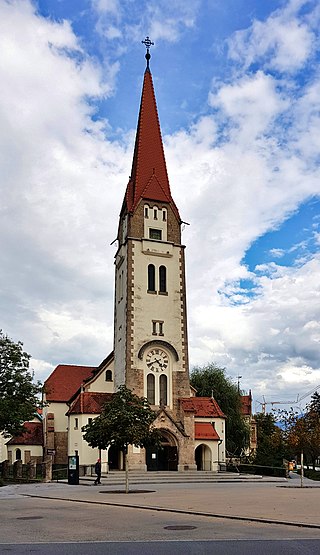
The Christuskirche is a Protestant church in the district of Saggen in the provincial capital Innsbruck in Tyrol, which was built between 1905 and 1906. It is the main church of the Protestant Superintendence of Salzburg and Tyrol and is a listed building.
15. Localbahnmuseum
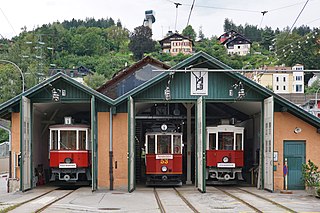
The Tyrolean Museum Railways or Tiroler MuseumsBahnen (TMB) is a railway society in Austria whose aim is the preservation and/or documentation of the historically important branch lines (known as Localbahnen) and their rolling stock in the state of Tyrol.
16. Glockengießerei Grassmayr
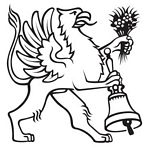
The Grassmayr Bell Foundry is a maker of church bells founded more than 400 years ago in Innsbruck, Austria. The business was founded by Bartlmä Grassmayr in Habichen, a hamlet in the municipality of Oetz. At present, the company is Austria's oldest family-run business and one of the largest bell manufacturers in the world, having supplied bells for eight religions in more than 100 countries on every continent.
17. Emile-Béthouart-Steg
The Emile-Béthouart-Steg is a pedestrian bridge over the Inn River in Innsbruck, Austria. The iron truss bridge, built in 1875 and listed as a historic monument since 1923, connects St. Nikolaus on the left bank of the Inn with the Saggen on the right bank of the Inn. It is located about 600 m below the Inn bridge and 700 m above the Hans-Psenner-Steg.
18. Tiroler Landestheater Großes Haus
The Tyrolean State Theatre in Innsbruck is the state theatre in Innsbruck, Austria, located near the historic Altstadt section of the city. The theatre is surrounded by the Imperial Hofburg, the Hofgarten, and SOWI Faculty of the University of Innsbruck. The main theatre has about 800 seats and the studio theatre in the basement has around 250. Plays, operas, operettas, musicals and dance theatre are performed at the theatre.
19. Botanischer Garten
The Botanical Garden of the University of Innsbruck is a 2-hectare botanical garden operated by the University of Innsbruck. It is located in Hötting at Sternwartestraße 15, Innsbruck, Austria. The gardens are open at no cost every day; its greenhouses are open on Thursday afternoons for an admission fee.
Wikipedia: Botanical Garden of the University of Innsbruck (EN)
20. Pfarrkirche Pradl
The Roman Catholic parish church of Pradl in the Pradl district of Innsbruck is dedicated to the Immaculate Conception of Mary and St. Cassiano. It is incorporated into Wilten Abbey and belongs to the deanery of Innsbruck. The neo-Romanesque building was built from 1905 to 1908 according to plans by Josef Schmitz and is a listed building.
21. Gleirschspitze
The Gleirschspitze is a peak of the Nordkette in the north of Innsbruck. The Gleirschspitze is located about one kilometre east of the Hafelekarspitze. The Gleirschspitze can be reached on foot via the Goetheweg from the Hafelekar station of the Nordkettenbahn in about 45 minutes.
22. Palais Fugger-Taxis
The Palais Fugger-Taxis, also known as Palais Taxis or Taxispalais, is a baroque city palace at Maria-Theresien-Straße 45 in Innsbruck. It was built from 1679 by Hans Otto Fugger von Kirchberg-Weißenhorn according to plans by Johann Martin Gumpp the Elder and came to the von Welsberg family by marriage at the beginning of the 18th century. In 1784, the latter sold the building to the Postmaster General Joseph Sebastian von Thurn und Taxis, who used it not only as a residence, but also as a post office.
23. Hofgarten
The Hofgarten is a protected park located on the edge of the Altstadt section of Innsbruck, Austria. The park covers an area of 10 hectares, and borders on the Hofburg, the Kongresshaus, and the Tyrolean State Theatre.
24. Dreiheiligen

The Dreiheiligenkirche is a Catholic parish church in the Innsbruck district of Dreiheiligen-Schlachthof, which was built in 1612/13 as a fulfilment of a vow in the face of the plague and is dedicated to Saints Sebastian, Pirmin, Rochus and Alexius. It is a listed building.
25. Rauhenkopf
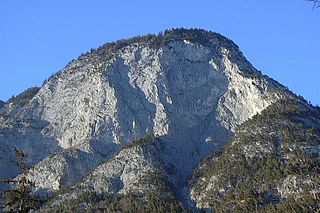
The Hechenberg is a mountain massif in the Karwendel in Tyrol. It is counted as part of the Nordkette, of which it is located to the southwest and reaches an altitude of 1943 m above sea level with the Kirchbergköpfl.
26. Hohe Warte
The Hohe Warte is a mountain, 2,597 m (AA) in height, in the Karwendel range in Austria. It is located between the Kleiner Solstein to the west and the Hintere Brandjochspitze to the east, in the Nordkette in the state of Tyrol, north of the Innsbruck quarter of Kranebitten and has a prominence of at least 77 metres.
27. Rudolfsbrunnen
The Rudolfsbrunnen is located in the middle of Bozner Platz in Innsbruck's city centre. The fountain, built from 1873 to 1877, shows a larger-than-life statue of Duke Rudolf IV and commemorates the unification of Tyrol with Austria in 1363. The fountain is a listed building.
28. Tirol Panorama
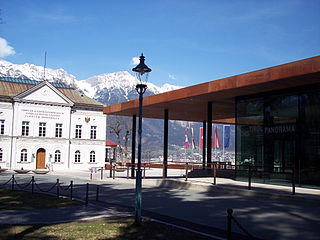
The Tirol Panorama with the Museum of the Imperial Infantry or Tirol Panorama is a museum in Innsbruck in the Austrian state of Tyrol, which is mainly important because it houses the Innsbruck Giant Panorama Painting.
29. Pogromdenkmal
The Pogrom Monument is located on Eduard-Wallnöfer-Platz, in the centre of Innsbruck, and commemorates the November pogroms of 1938, during which the Innsbruck citizens Josef Adler, Wilhelm Bauer, Richard Berger and Richard Graubart were murdered. The memorial was erected in 1997.
30. Östliche Praxmarerkarspitze
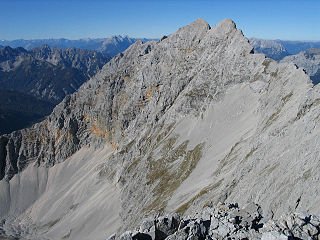
The Östliche Praxmarerkarspitze is a 2638 m high peak in the city of Innsbruck. It is part of the Gleirsch-Halltal chain in the Karwendel and the Western Praxmarerkarspitze, the highest elevation in the city of Innsbruck, in a northeasterly direction.
31. Vordere Brandjochspitze
The Vordere Brandjochspitze is a peak, 2,559 m (AA) high, in the Nordkette in the Karwendel range and is one of its highest and most striking peaks. In its immediate vicinity to the north-northwest is its sister summit, the Hintere Brandjochspitze, which is about 40 metres higher. To the south a prominent arête runs over to the Brandjochkreuz and the Achselkopf and down to the Innsbruck quarter of Hötting. To the east, the main ridge of the Nordkette runs over to Frau Hitt.
32. Höttinger Kirche
The parish church of Hötting, also known as the New Hötting Parish Church, is the Catholic parish church of the Innsbruck district of Hötting. Surrounded by a cemetery, the historicist building was built between 1909 and 1911. The church is to be given to St. Ingenuin and Albuin and is a listed building.
33. Hintere Brandjochspitze
The Hintere Brandjochspitze is a summit roughly 200 metres northwest of the Vordere Brandjochspitze in the Nordkette range above Innsbruck. It rises above its "forward" neighbour by around 40 metres.
34. Alte Höttinger Kirche
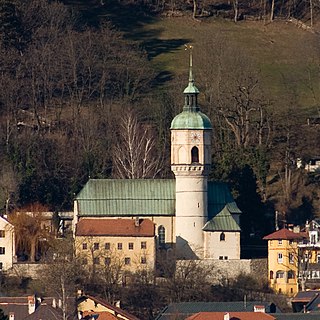
The old parish church of Hötting is the former Catholic parish church of the village and today's Innsbruck district of Hötting. The building, which dates back to the early Middle Ages, dates back to the 15th century in its present form. The church is to be given to St. Ingenuin and Albuin and is a listed building.
35. Alter Jüdischer Friedhof
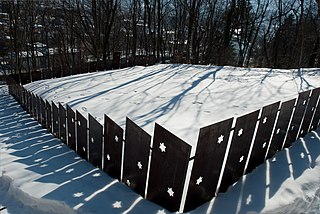
The Judenbühel is a small elevation on the slope of the Nordkette below the Hungerburg in Innsbruck. Until 1864, the Jewish cemetery of Innsbruck was located on it, which is now commemorated by a memorial. The former cemetery is a listed building.
36. Mariä Heimsuchung
The Roman Catholic Old Church Kranebitten is located on Kranebitter Allee in the Innsbruck district of Kranebitten. The church, which is under the patronage of the Visitation of the Virgin Mary, belongs to the deanery of Innsbruck in the diocese of Innsbruck. The church is a listed building (list entry).
37. Grubreisentürme
The Grubreisen Towers 2266 m above sea level are rocky elevations of the Grubreisen ridge in the Karwendel north of Innsbruck. This is a side ridge of the Inn Valley chain leading to the north or further to the northwest.
38. IVB-Kundencenter
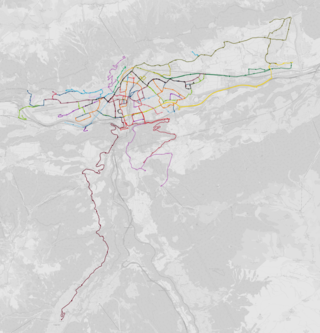
The Innsbrucker Verkehrsbetriebe (IVB) and its sister company Innbus are responsible for the majority of local public transport in the Tyrolean capital of Innsbruck. The shareholders of IVB are Innsbrucker Kommunalbetriebe Aktiengesellschaft with 51%, the state of Tyrol with 4% and the city of Innsbruck with 45%.
Share
How likely are you to recommend us?
Disclaimer Please be aware of your surroundings and do not enter private property. We are not liable for any damages that occur during the tours.
